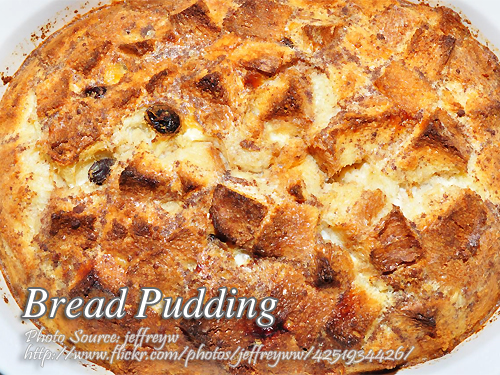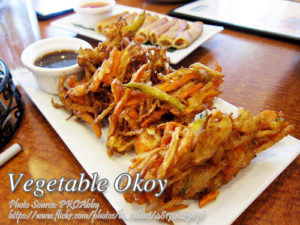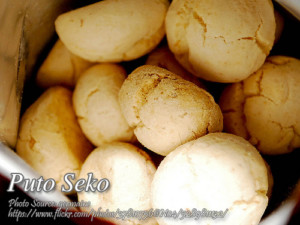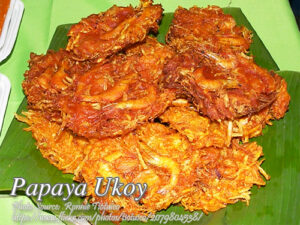A simple and economical way to make your dessert is by cooking bread pudding. Turn your leftover old bread into a delicious dessert with very simple ingredients like milk, sugar and margarine.
Transforming Leftovers: Bread Pudding Magic
Bread pudding is not just a delightful dessert; it’s a culinary alchemy that transforms your leftover old bread into a sweet masterpiece. With a handful of simple ingredients like milk, sugar, and margarine, you can create a decadent treat that will leave your taste buds dancing. Let’s dive into the art of making the perfect Bread Pudding.
Soak the Bread: A Prelude to Deliciousness
The first step in crafting a delectable bread pudding is to soak the old bread in milk for at least one hour. This seemingly simple process is the key to achieving that perfect, moist consistency that defines a good bread pudding. The bread absorbs the milk, infusing it with a rich, creamy flavor that sets the stage for the rest of the ingredients.
The Symphony of Flavors: Margarine, Eggs, Sugar, and Vanilla
Once the bread has absorbed the milk, it’s time to introduce the stars of the show: margarine, eggs, sugar, and vanilla. These ingredients come together to create a symphony of flavors that will elevate your bread pudding to new heights. The margarine adds a buttery richness, the eggs bring a silky texture, sugar provides sweetness, and vanilla imparts a warm, comforting aroma.
Combining Forces: Creating the Perfect Mixture
With all the ingredients in place, it’s time to combine them into a harmonious mixture. The soaked bread acts as a canvas, ready to absorb the luscious blend of margarine, eggs, sugar, and vanilla. The result is a gooey, sweet concoction that promises to tantalize your taste buds.
Into the Loaf Pan: Crafting the Pudding Canvas
The next step in this delightful journey is to pour the mixture into a loaf pan. This is where the magic takes shape, as the pudding begins to take on its final form. The loaf pan provides structure, allowing the pudding to set and achieve the perfect balance of softness and density.
A Water Bath: Steaming to Perfection
To ensure that your bread pudding reaches its full potential, it’s time to introduce a water bath. Place the loaf pan into another pan filled with water, creating a steamy environment that will gently cook the pudding. This method ensures an even, consistent bake, preventing the edges from becoming dry while maintaining a moist interior.
The Oven Ballet: Setting the Stage at 350 °F
As the loaf pan takes its place in the oven, set the temperature to 350 °F. This moderate heat allows the flavors to meld, the eggs to set, and the pudding to achieve its delightful consistency. Bake for approximately one hour, or until the pudding is firm and set.
The Sweet Culmination: Serving Your Bread Pudding
As the aroma of freshly baked bread pudding fills your kitchen, it’s time for the grand finale. Carefully remove the pan from the oven, letting it cool for a moment before serving. Whether enjoyed warm or at room temperature, your bread pudding is ready to captivate your senses.
Embracing the Joy of Bread Pudding
Making bread pudding is not just a culinary task; it’s a journey of transforming humble ingredients into a dessert masterpiece. From soaking the bread to the final moments in the oven, each step contributes to the symphony of flavors that make bread pudding a timeless and comforting treat. So, the next time you find yourself with leftover bread, embrace the joy of bread pudding – a delightful way to turn yesterday’s loaf into today’s sweet indulgence.
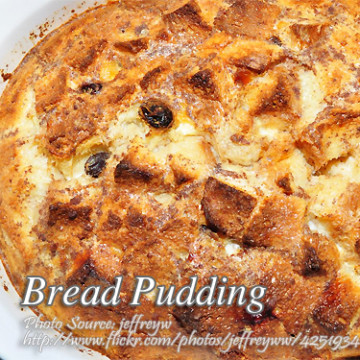
How to Make Bread Pudding
Ingredients
- 2 cups bread cut in small cubes
- 1 1/4 tablespoons margarine
- 2 pcs eggs
- 2/3 cup sugar
- 2 cups evaporated milk
- 1/4 teaspoon vanilla
Instructions
How to make Bread Pudding:
- Soak bread in milk for at least one hour.
- Add the remaining ingredients to soaked bread. Pour into a loaf pan.
- Place in another pan with water and steam in oven at 350 °F for an hour or until set.
Notes
Cooking Tips of Bread Pudding Recipe:
1. Bread Selection Matters: Choose the right bread for your bread pudding; opt for sturdy, day-old bread with a bit of crust, as it will absorb the milk mixture without becoming too mushy, ensuring a perfect texture in your final dessert. 2. Enhance Flavor with Quality Vanilla: Invest in high-quality vanilla extract for an extra layer of flavor in your bread pudding; the aromatic richness will elevate the overall taste, making your dessert stand out and leaving a lasting impression on your taste buds. 3. Master the Water Bath Technique: Ensure a consistent and moist texture throughout your bread pudding by using a water bath during baking; this gentle steaming method prevents the edges from drying out while allowing the pudding to set uniformly, resulting in a velvety and indulgent treat.
